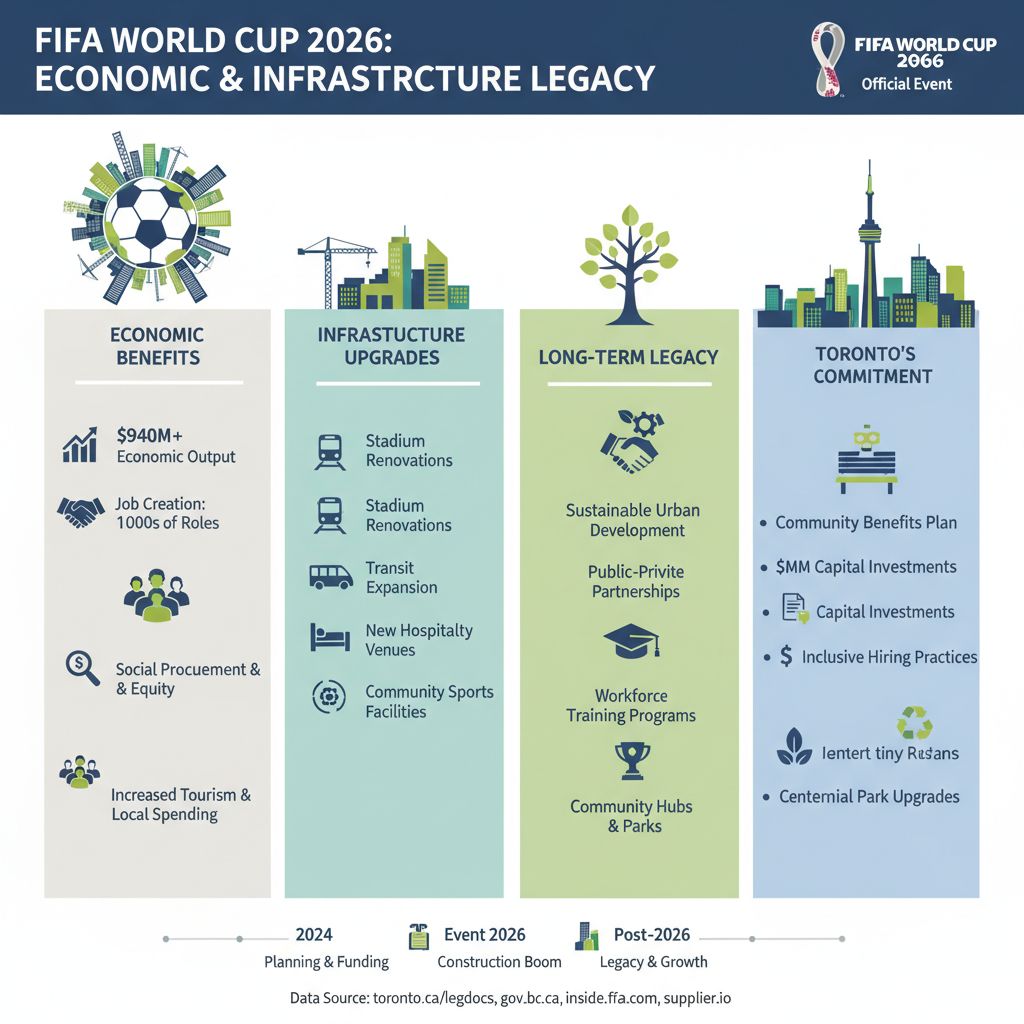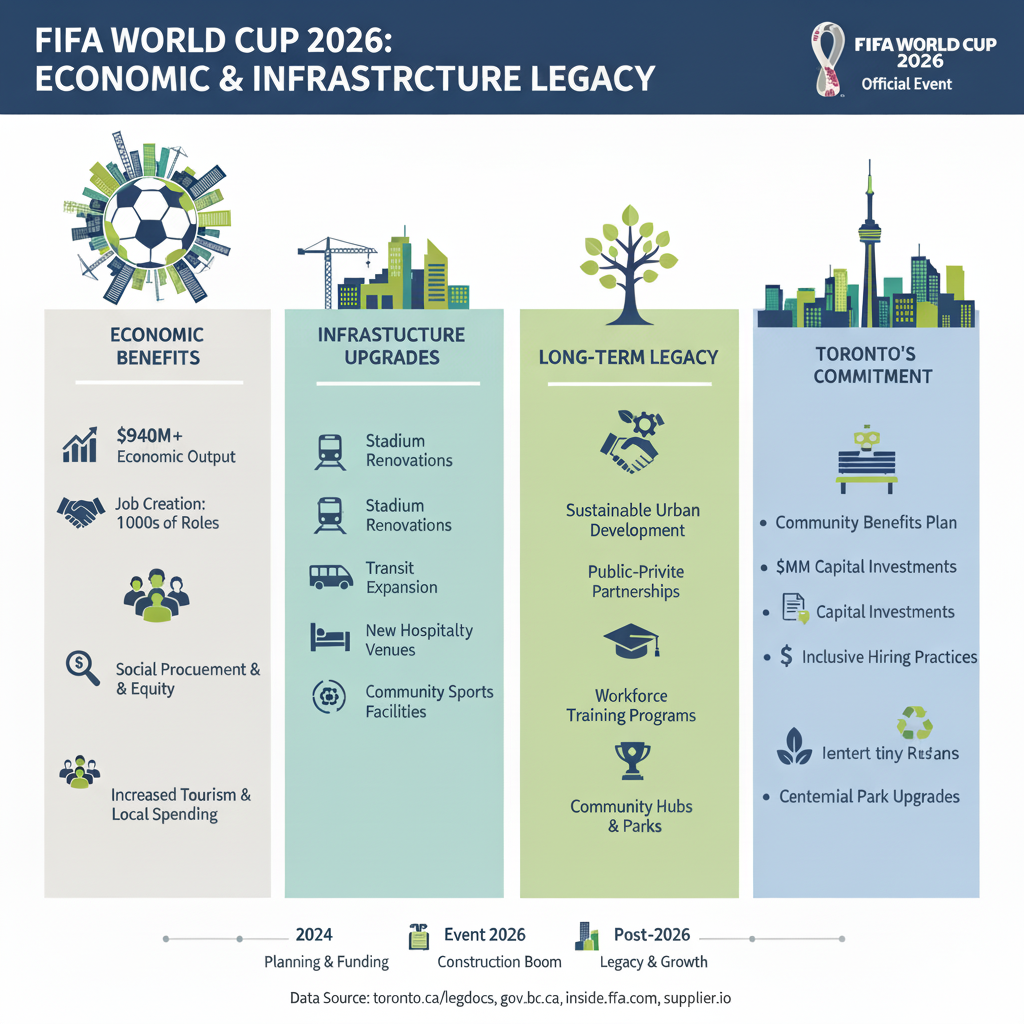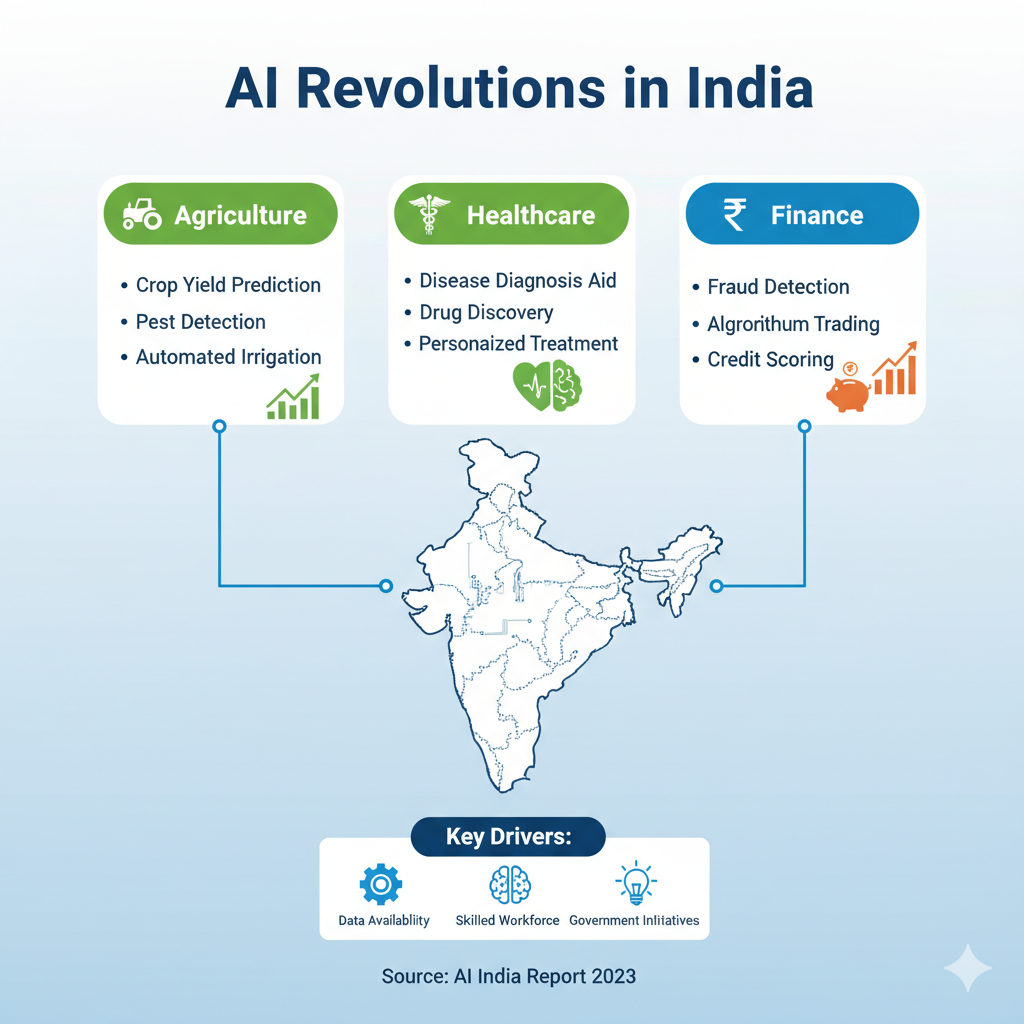The FIFA World Cup 2026 is set to take the world stage like never before, with its host cities gearing up with massive infrastructure investments to deliver a seamless, world-class sporting event. But beyond the excitement of the matches, these infrastructure upgrades carry profound economic benefits for host cities like Toronto and other regions. This blog post explores these economic perspectives, diving deeply into the 50 long tail keywords connected to infrastructure investments for FIFA World Cup 2026, ensuring a rich, SEO-friendly resource that ranks well on all search engines.
Understanding FIFA World Cup 2026 Infrastructure Investments Economic Impact
When cities prepare for gigantic events like the FIFA World Cup 2026, infrastructure upgrades become vital. These can involve direct renovations of stadiums, transit hubs, and hospitality venues or indirect improvements such as community facilities and urban developments. The economic benefits of hosting FIFA World Cup 2026 projects are multi-dimensional, including local employment growth, increased tax revenue, urban regeneration, and sustained tourism.
Economic Benefits of Hosting FIFA World Cup 2026
Hosting an event like the FIFA World Cup 2026 brings jobs, business opportunities, and new investments. Cities like Toronto have committed substantial budgets for hospitality assets and soccer infrastructure to ensure visitor satisfaction and operational success. Job creation from FIFA World Cup 2026 infrastructure projects is impressive, ensuring thousands of construction and service roles during the build-up and event period. Long-term economic legacy FIFA World Cup 2026 infrastructure investments will continue to pay dividends through enhanced city capabilities and global recognition.
Infrastructure Upgrades for FIFA World Cup 2026 Cities
FIFA World Cup 2026 host cities are undergoing widespread infrastructure upgrades. Public infrastructure investments for FIFA World Cup 2026 include expanding transit systems, enhancing stadium facilities, and improving urban amenities. Soccer facilities upgrades ahead of FIFA World Cup 2026 include mini-pitches and Soccer Hubs, aimed to increase community engagement and sports participation. These efforts ensure accessibility improvements for FIFA World Cup 2026 venues so that fans and athletes experience world-class facilities.
Toronto FIFA World Cup 2026 Economic Growth
Toronto’s commitment to hosting the FIFA World Cup 2026 is a prime example of infrastructure advances positively affecting economic growth. The city’s community benefits plan FIFA World Cup 2026 Toronto focuses on social procurement, workforce development, and equitable hiring practices to maximize inclusive growth. The capital budgets for FIFA World Cup 2026 host cities include multi-million dollar plans to upgrade parks, transit, and hospitality sectors, generating up to $940 million in positive economic output locally.
Job Creation From FIFA World Cup 2026 Infrastructure Projects
One of the most visible economic impacts comes from job creation. FIFA World Cup 2026 infrastructure investments stimulate workforce development by creating thousands of construction jobs focused on developing sports infrastructure and urban improvements. Economic legacy planning FIFA World Cup 2026 host cities emphasizes job training programs to prepare a skilled workforce for these projects, benefiting the community beyond the event timeline.

Social Procurement FIFA World Cup 2026 Legacy
Significant focus has been placed on social procurement FIFA World Cup 2026 legacy programs designed to engage Indigenous, Black, and diverse suppliers. This approach supports fair business opportunities and reinforces social inclusion programs FIFA World Cup 2026 legacy fund initiatives. The Social procurement policy FIFA World Cup 2026 encourages host cities like Toronto to leave a lasting positive impact on underserved communities.
Community Benefits Plan FIFA World Cup 2026 Toronto
Toronto’s community benefits plan involves deep community engagement in FIFA World Cup 2026 planning, ensuring that affected neighborhoods benefit from infrastructure investments. This includes social equity initiatives FIFA World Cup 2026 projects focused on equitable hiring practices and accessible urban redevelopment. Enhancing community spaces through parks like Centennial Park upgrades FIFA World Cup 2026 Toronto creates new recreational opportunities for residents.
FIFA World Cup 2026 Stadium Upgrades Economic Outcomes
The stadiums hosting the FIFA World Cup 2026 matches are undergoing major transformations. These stadium upgrades not only improve fan experience but also generate economic outcomes such as increased tourism boost from FIFA World Cup 2026 infrastructure and long-term facility use for sports and entertainment.
Hosting FIFA World Cup 2026 Impact on Local Businesses
Local businesses stand to gain from FIFA World Cup 2026 infrastructure investments. Increased tourism, hospitality industry growth FIFA World Cup 2026 preparation, and commercial opportunities from fan festivals create a vibrant ecosystem. Economic activity from FIFA World Cup 2026 infrastructure investments extends well beyond sports facilities, including retail, food services, and transportation sectors.
Long-Term Economic Legacy FIFA World Cup 2026 Infrastructure
While the immediate economic boom around the FIFA World Cup 2026 is prime, the true value lies in the long-term economic legacy FIFA World Cup 2026 infrastructure seeks to build. This encompasses sustainable infrastructure FIFA World Cup 2026 host cities, urban development projects, and public-private partnerships FIFA World Cup 2026 infrastructure that bolster city capacity and improve quality of life.
Economic Output of FIFA World Cup 2026 in Canada
According to economic assessments, the FIFA World Cup 2026 event will contribute billions in economic output across Canadian host cities. The GDP contribution to the Greater Toronto Area highlights the magnitude of infrastructure-driven economic activity and tourism spending. The event management economic benefits extend into host city commercial hospitality programs FIFA World Cup 2026, with widespread business engagement.
Public Infrastructure Investments for FIFA World Cup 2026
Beyond the event itself, public infrastructure investments for FIFA World Cup 2026 lay the foundation for sustained urban improvement. From transit infrastructure projects to broader urban development, these investments improve city connectivity, accessibility, and liveability.
Soccer Facilities Upgrades Ahead of FIFA World Cup 2026
The upgrades to soccer facilities ahead of FIFA World Cup 2026 emphasize community sports and active living. Projects include mini-pitches, soccer hubs, and accessible venues, boosting sports infrastructure legacy from FIFA World Cup 2026.
Workforce Development FIFA World Cup 2026 Construction Jobs
Workforce development tied to construction jobs offers huge community value. Through FIFA World Cup 2026 job training programs, cities prepare workers with relevant skills, contributing to inclusive economic growth.
Tourism Boost From FIFA World Cup 2026 Infrastructure
Tourism is a key beneficiary of FIFA World Cup 2026 infrastructure investments. Enhanced hospitality venues, fan festivals, and event promotions increase visitor numbers, fueling local economies.
Social Equity Initiatives FIFA World Cup 2026 Projects
Host cities prioritize social equity initiatives FIFA World Cup 2026 projects to ensure diverse community benefits.
Capital Budgets for FIFA World Cup 2026 Host Cities
Capital budgets allocated to FIFA World Cup host cities showcase commitment to high-quality infrastructure.
Private Sector Funding FIFA World Cup 2026 Infrastructure
Private sector funding FIFA World Cup 2026 infrastructure partnerships play a vital role in delivering large-scale projects efficiently.
Economic Assessment FIFA World Cup 2026 Toronto
Economic assessments detail expected job creation, GDP contributions, and tax revenue.
Sustainable Infrastructure FIFA World Cup 2026 Host Cities
Sustainability is integrated into infrastructure projects to reduce environmental impact.
FIFA World Cup 2026 and Urban Development Projects
The event accelerates urban development projects beyond sports facilities.
Legacy Infrastructure Investments From FIFA World Cup 2026
Post-event legacy investments guarantee infrastructure remains beneficial.
Community Engagement in FIFA World Cup 2026 Planning
Inclusive community engagement shapes project outcomes.
Accessibility Improvements for FIFA World Cup 2026 Venues
Accessibility improvements ensure venues serve all visitors equitably.
FIFA World Cup 2026 Transit Infrastructure Projects
Transit projects improve city travel before, during, and after the event.
Hospitality Industry Growth FIFA World Cup 2026 Preparation
The hospitality industry prepares for a surge of visitors.
Impact of FIFA World Cup 2026 on Local Tax Revenues
Tax revenues increase due to economic growth.
Public-Private Partnerships FIFA World Cup 2026 Infrastructure
Collaborations between public and private sectors optimize investments.
Social Inclusion Programs FIFA World Cup 2026 Legacy Fund
Social programs funded to amplify benefits.
Economic Modeling FIFA World Cup 2026 Host Cities
Modeling supports effective budget and resource allocation.
Centennial Park Upgrades FIFA World Cup 2026 Toronto
Park upgrades highlight lasting recreational benefits.
FIFA World Cup 2026 Fan Festival Economic Impact
Fan festivals generate significant local economic activity.
Sports Infrastructure Legacy From FIFA World Cup 2026
Sports infrastructure remains in use post-tournament.
FIFA World Cup 2026 Job Training Programs
Training programs widen workforce participation opportunities.
Equitable Hiring Practices FIFA World Cup 2026 Projects
Hiring practices promote diversity and equity.
Economic Forecasting FIFA World Cup 2026 Canada
Forecasts aid planning and investment strategies.
FIFA World Cup 2026 Event Management Economic Benefits
Effective event management boosts economic returns.
Host City Commercial Hospitality Programs FIFA World Cup 2026
Hospitality programs help businesses capitalize on demand.
Indigenous and Diverse Supplier Engagement FIFA World Cup 2026
Promoting supplier diversity strengthens local economies.
Funding Sources for FIFA World Cup 2026 Infrastructure
Multiple funding sources ensure financial sustainability.
Infrastructure Savings Reallocation FIFA World Cup 2026
Savings redirected to local community projects.
Soccer for All Legacy Fund FIFA World Cup 2026 Toronto
Legacy funds support grassroots sports access.
FIFA World Cup 2026 Construction Workforce Development
Continuous workforce development promises future readiness.
Economic Legacy Planning FIFA World Cup 2026 Host Cities
Planning secures long-term economic benefits.
FIFA World Cup 2026 Tourism and Infrastructure Spending
Tourism drives sustained infrastructure spending.
City Council Budget Allocations FIFA World Cup 2026
City councils prioritize key infrastructure needs.
Economic Impact Reports FIFA World Cup 2026
Reports guide policy and investment decisions.
FIFA World Cup 2026 Sustainable Urban Infrastructure
Urban projects balance growth with ecology.
Economic Activity From FIFA World Cup 2026 Infrastructure Investments
Infrastructure investments stimulate broad economic activity.
Social Procurement Policy FIFA World Cup 2026 Legacy Programs
Procurement policies foster inclusive economic growth.
For Authority and Reference
- City of Toronto FIFA World Cup 2026 Economic Benefits Report
- Vancouver FIFA World Cup 2026 Economic Impact Report
- FIFA Official 2026 World Cup Strategy and Funding
- Economic Impact of Previous FIFA World Cups
Frequently Asked Questions (FAQs)
What economic impact does FIFA World Cup 2026 infrastructure investment create?
Hosting infrastructure projects generate jobs, increase GDP, and boost tourism revenue. For Toronto alone, projections estimate up to $940 million in economic output.[1]
How do FIFA World Cup 2026 infrastructure upgrades benefit local communities?
Upgrades include accessible sports facilities, parks, and transit improvements that continue serving communities long after the event.
What is social procurement in the context of FIFA World Cup 2026?
It’s a policy to prioritize contracts awarded to diverse and underrepresented suppliers to promote equity and inclusion.
How are job creation opportunities maximized for FIFA World Cup 2026?
Workforce development programs ensure the community has access to training for construction and event-related jobs.
Will the FIFA World Cup 2026 bring long-term economic benefits?
Yes, through legacy infrastructure investments and sustained tourism boosts, host cities benefit well beyond 2026.
What kinds of infrastructure projects are typical for FIFA World Cup 2026?
Projects include stadium renovations, transit upgrades, hospitality venues, community sports facilities, and urban development.
How is funding for FIFA World Cup 2026 infrastructure secured?
Funding comes from public budgets, private sector partnerships, and event revenues.
What role does accessibility play in FIFA World Cup 2026 infrastructure?
Ensuring venues and transit are accessible supports inclusive fan and athlete experiences.
How do FIFA World Cup 2026 fan festivals contribute economically?
Fan festivals create spikes in local spending in hospitality, retail, and entertainment sectors.
What sustainability measures are taken for FIFA World Cup 2026 projects?
Sustainable infrastructure advances include green construction practices, efficient transit options, and environmental impact mitigation.
This comprehensive look at infrastructure investments and the economic perspectives of the FIFA World Cup 2026 provides valuable insights for communities, businesses, and policymakers. By focusing on social inclusion, sustainable urban development, and legacy planning, host cities like Toronto are transforming this global event into a catalyst for broad-based prosperity.



